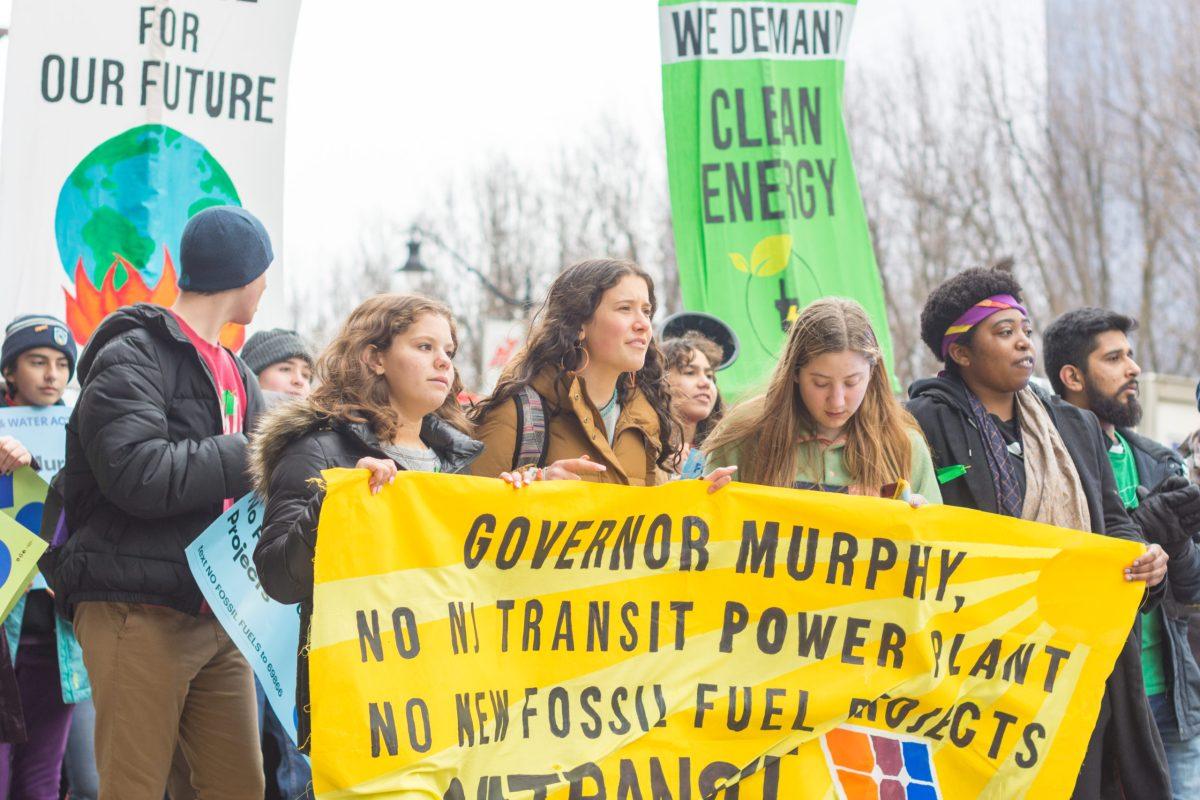Spring has sprung in the Arctic this year and this change in seasons is coming nearly 20 days earlier than it did two decades ago, according to observations from a recent study published in the scientific journal, “Global Change Biology.” The study was an international effort, as it was spearheaded by researchers from the University of Edinburgh in Scotland and involved collaborators from institutions in the United States, Denmark, Germany, and Canada.
There are a number of factors that are considered to determine the beginning of spring in the Arctic, including changes in temperature, amount of snow melt, or amount of sea ice melt. In this study, researchers chose to measure variation in the timing of leaf and flower growth, using seasonal vegetation changes as the indicator for the arrival of spring. The timing of seasonal vegetation growth was determined at four sites set up along coastal areas of the Arctic tundra in Alaska, Canada, and Greenland. Overall, researchers observed the growth of 14 different species of plants and determined that leaf growth and flowering occurred on average 20 days sooner than it had 20 years ago. Taking changes in seasonal vegetation to be the metric by which the arrival of spring is measured, as implied by the study, spring is coming one day sooner to the Arctic with each passing year.
Changes in plant growth are a reliable indicator of changing seasons because the timing of plant development is dependent on other factors associated with seasonality, such as changes in temperature and amount of daylight. Flowering in particular is a behavior strongly influenced by changes in temperature. Researchers found that the change in vegetation and subsequent rise in temperatures are reflective of the underlying driving factor in the timing of spring in the Arctic: overall snow melt. They found that over the past two decades, overall snowmelt advanced by about 10 days.
Although these changes may not seem too dramatic, even a change of spring coming one day earlier each year can be disastrous for the maintenance of the careful balance of Earth’s biogeochemical cycles. The early arrival of spring and overall global rise in temperatures are particularly consequential for the carbon cycle. This is because the snow and sea ice melted in the Arctic are not just indicative of the seasonal loss of snow and ice, but also the loss of permafrost. Permafrost is ground that has remained completely frozen for at least two years.
This year, the loss of permafrost has been particularly staggering due to its rapid rate. Rather than the loss of a couple of centimeters of permafrost each year, researchers in Canada report the liquefaction of whole meters of soil within days. These changes are not limited to the Canadian Arctic, as nearly 20% of all Arctic permafrost is vulnerable to rapid warming.
The loss of permafrost is alarming for climate scientists because permafrost serves as a carbon sink, or a place that carbon is stored when it is not in biotic matter or in the atmosphere. One measure estimates that 80% of global permafrost contains at least 70 kilograms of carbon per cubic meter. As temperatures increase and permafrost melts, more carbon is being released into the atmosphere than is being removed by processes such as photosynthesis. Therefore, the atmosphere has a net gain of carbon.
The carbon being released into the atmosphere comes in two forms, carbon dioxide and methane. Researchers are projecting that the majority will be methane. This fact is particularly alarming because while both methane and carbon dioxide are greenhouse gases that trap heat, methane is 30% moreefficient than carbon dioxide at trapping heat. This creates a self-perpetuating cycle of increasing temperatures leading to permafrost thawing, which results in release of carbon dioxide into the atmosphere, again further increasing global temperatures.
Apart from changes in temperature, an early Arctic spring and greater amount of snow and sea ice melt means that sea levels will continue to rise. Rising sea levels put coastal cities in danger of more devastating storm surges. For example, according to a survey released by the Lower Manhattan Coastal Resilience Study in March of this year, nearly 40% of lower Manhattan will be at risk for storm surges by 2050, and by 2100, sea levels are expected to rise almost six feet. In response to these reports, the City of New York has unveiled a $500 million plan to adapt infrastructure and build in resiliency measures such as flood barriers. Given the current trajectory of climate change trends, as evidenced by the earlier arrival of the Arctic spring, rising temperatures across the globe, and increasing atmospheric carbon load, such measures appear to be treating the symptoms while avoiding dealing with the source of the issues.

































